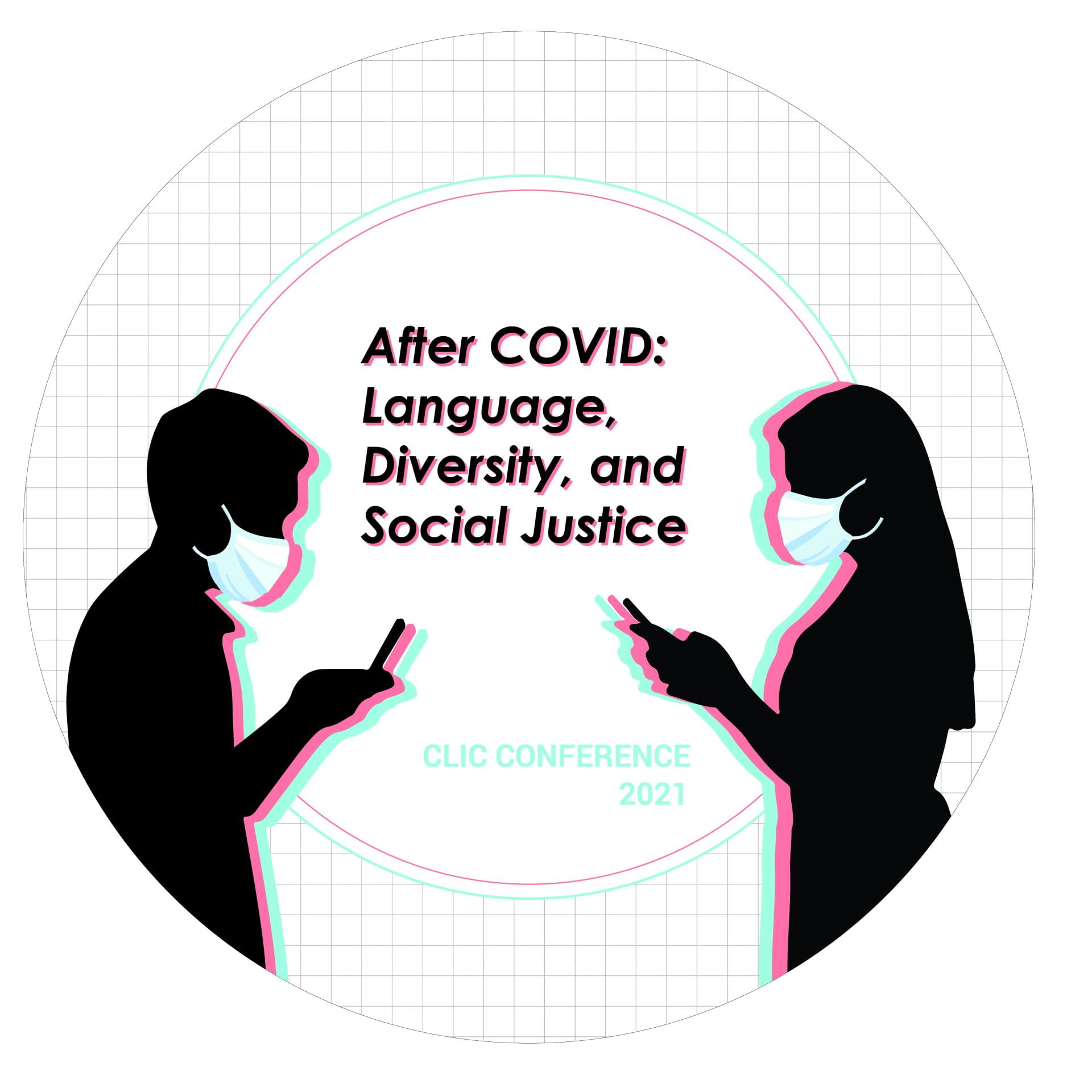Queering Religious Heritage Languages in the Era of COVID-19:
Changes in LGBTQ+ Jewish Language at Home, Abroad, and Online
Ellen Perleberg, Grace Elizabeth Dy, and Lindsay Hippe, University of Washington
The teaching of Hebrew and diasporic Jewish languages such as Yiddish and Judeo-Spanish has historically differed from traditional heritage language models.1 As a Religious Heritage Language (RHL), Hebrew is often taught to children extracurricularly in synagogues or community centers, culminating for many in a bar or bat mitzvah service at the age of 12 or 13. Because education is tied to the reading and recitation of specific sacred texts for use in religious life, the ability to discuss contemporary topics, such as LGBTQ issues, is limited, as is Hebrew proficiency and comprehension more broadly.2 Current scholarship and activism, such as the Nonbinary Hebrew Project, have created queer-inclusive and gender-neutral grammatical forms and liturgy in Hebrew, but their adoption remains limited.
This study draws on qualitative thematic analysis of 34 semi-structured interviews conducted in fall of 2020 with LGBTQ+ and cis-heterosexual members of the Seattle Jewish community to identify the impact of COVID-19 closures and the role of virtual learning and gathering in the creation and adaptation of queer Jewish language. Codes were developed and grouped through iterative readings of the transcripts to identify emergent themes, and inter-rater reliability was calculated using Fleiss’ kappa. Remaining disagreements were discussed to consensus.
The shift to virtual learning and gathering, through platforms like Zoom and TikTok, created new linguistic contexts for queer people to navigate and connect on wider geographical scales, which were particularly important to multiply-marginalized Jews, such as Jews of color, LGBT+ Jews, those of interfaith backgrounds, patrilineal Jews, and/or converts. The inclusion of pronouns in one’s Zoom name was a prominent site of disclosure of queer identity and declaration of support of transgender people. Cisgender people often cited trans colleagues as the catalyst for their own inclusion of pronouns, while trans/genderqueer participants reported continued misgendering despite their pronouns being prominently displayed. Both trans and cis participants reported different patterns in pronoun disclosure between English and Hebrew.
Age emerged as another prominent theme in the interviews. Many participants drew age-related parallels between queer language proficiency and technological fluency, often expressing challenges promoting queer language and new technology in older generations. Conversely, participants identified intergenerational interaction during the pandemic, such as K-12 remote learning from home, as well as home-based practices unaffected by synagogue and community center closures, as an important site of discussion of queer language. As both queer religiolinguistic concerns and Hebrew literacy issues are often tied to life stages (such as weddings and coming-of-age rituals), interrogating the age dynamic of queer Jewish language development presents a fuller picture of existing successes and challenges. Similarly, age and corresponding health risks limited educational opportunities in COVID-19. Travel or study abroad in Israel, often through programs such as Birthright3 and Hebrew programs called ulpans,4 were prominent motivations for continued Hebrew study beyond early adolescence, and were discussed as a post-pandemic goal. In COVID-19, participants’ multilingual, Jewish, and sometimes queer identities were shaped by a tension between the limits and expanses of international and community-oriented learning and familial practice at home.
1 Perleberg, Ellen 2020. Arabic Heritage Learner Identity in Higher Education. Northwest Linguistics Conference, 22-23 April.
2 A Portrait of Jewish Americans 2013. The Pew Research Center. Available online at
<https://www.pewforum.org/2013/10/01/jewish-american-beliefs-attitudes-culture-survey/> (Last accessed: 24 February 2021).
3 Birthright is the largest educational tourism organization in the world and provides Jews between the ages of 18 – 32 with a 10 day trip to Israel, with funding for the airfare, accommodations, and tours.
What is Birthright Israel? Birthright Israel. Available online at <https://www.birthrightisrael.com/faq#question_510> (Last accessed: 24 February 2021).
4 Over 1.22 million people have graduated from an ulpan since its opening in Jerusalem in 1949. The current global Jewish population is estimated to be 14.66 million.
Learning the Language: Israel’s Ulpanim. 1998. Israel Ministry of Foreign Affairs. Available online at <https://mfa.gov.il/mfa/mfa-archive/1998/pages/learning%20the%20language-%20israels%20ulpanim.aspx> (Last accessed: 24 February 2021).
Jews. 2015. The Pew Research Center. Available online at <https://www.pewforum.org/2015/04/02/jews/> (Last accessed: 24 February 2021).

